Unveiling the Sleepycat License: A Deep Dive into Fair Open Source Practices
Abstract: This post explores the Sleepycat License in depth. We examine its background, core features, strengths, and challenges. We also look at practical examples, dual licensing models, and future trends. Emphasizing fairness and prevention of developer exploitation, this article is designed for technical experts and developers seeking clear insights into open source and fair code licensing. For further details, check out the Original Article. Introduction Open source licensing is a pivotal part of software development. As projects grow, balancing freedom with fair compensation becomes central to sustainable innovation. In this post, we focus on the Sleepycat License, a unique license that aims to ensure developer fairness while preventing exploitation. We discuss its background, critical legal features, and its role in the open source ecosystem. Read on for a deep dive into the Sleepycat License and its impact on open source and fair code practices. Background and Context The Sleepycat License emerged during an era when open source and fair code licensing were evolving rapidly. Unlike more permissive licenses such as the MIT License or BSD 3-Clause License, the Sleepycat License not only promotes free use of code but also enforces conditions to protect developers against exploitation. History in Brief Origins: Developed by visionary coders with a passion for fairness, the Sleepycat License addressed the risks of uncompensated commercial use. Early database systems and enterprise projects adopted it to enforce equitable contributor rewards. Influences: It draws inspiration from critical models like the GNU GPL and Apache 2.0 License. Its conditions are designed to strike a balance between open access and commercial protection. Ecosystem Role: The Sleepycat License influences projects where community participation is essential. It is especially relevant in initiatives where dual licensing models are implemented, allowing both free and commercial versions under separate terms. The Need for Fair Code Developers deserve fair compensation and legal clarity in their contributions. The Sleepycat License enforces terms that: Demand explicit compensation for commercial exploitation. Protect intellectual property while encouraging innovation. Maintain a balance between broad usage and controlled commercial integration. These principles align well with emerging trends in blockchain-enabled developer rewards, as seen in newer initiatives like the OCTL. Core Concepts and Features The Sleepycat License incorporates several key features, making it a robust tool for ensuring fairness and legal transparency: 1. Legal Clarity and Enforceability Clear Terms: The license provides a well-structured document with clear, concise terms. It details conditions for copying, modifying, and commercial use. Enforcement: Designed to prevent unilateral exploitation, it requires that any code used in commercial projects adhere to compensation terms. This protects developers from being underpaid for their contributions. 2. Dual Licensing Possibilities Community vs. Commercial Models: Many projects using the Sleepycat License adopt a dual licensing model. One version is free for community use, while a separate commercial license is negotiated for revenue generation. Flexibility: Dual licensing allows projects to benefit from open community collaboration without sacrificing financial sustainability. 3. Protection Against Exploitation Fair Code Principles: The license was explicitly designed to prevent exploitation. It promotes fair compensation and ensures that all derivative works abide by the original license’s stipulations. Comparisons: When compared to more permissive licenses like the MIT License, the Sleepycat License offers more robust protections. Tools like dual licensing further enhance the legal framework. 4. Stable Historical Framework Longevity: Unlike some licenses that evolve quickly, the Sleepycat License remains relatively stable. This stability offers predictability and consistency for long-term projects. Historical Impact: Its use in early database systems highlights its importance. Projects that grew using this license provide case studies in managing community and commercial interests. Below is a comparison table highlighting some core features of the Sleepycat License against other popular licenses: Feature Sleepycat License MIT License GNU GPL Apache 2.0 BSD 3-Clause Legal Clarity High – detailed conditions to prevent exploitation High – minimal legal text High – detailed, strong copyleft High – includes explicit patent grants High – brief and clear text Fair Compensation Enforced via licensing terms No structured mechanism Indirect, through copyleft No direct compensation mechanism No structured mechanism Dual Licensing Supports conditional dual licensing models Eas
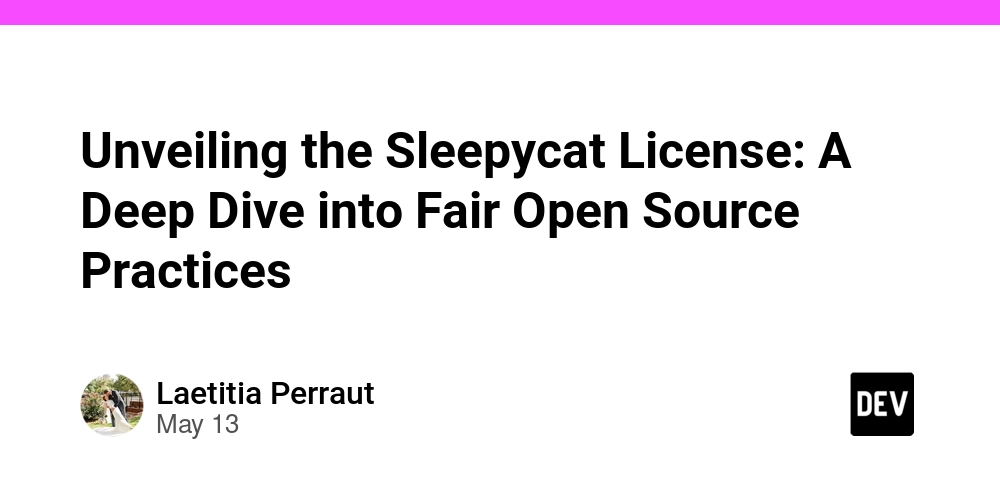
Abstract:
This post explores the Sleepycat License in depth. We examine its background, core features, strengths, and challenges. We also look at practical examples, dual licensing models, and future trends. Emphasizing fairness and prevention of developer exploitation, this article is designed for technical experts and developers seeking clear insights into open source and fair code licensing. For further details, check out the Original Article.
Introduction
Open source licensing is a pivotal part of software development. As projects grow, balancing freedom with fair compensation becomes central to sustainable innovation. In this post, we focus on the Sleepycat License, a unique license that aims to ensure developer fairness while preventing exploitation. We discuss its background, critical legal features, and its role in the open source ecosystem. Read on for a deep dive into the Sleepycat License and its impact on open source and fair code practices.
Background and Context
The Sleepycat License emerged during an era when open source and fair code licensing were evolving rapidly. Unlike more permissive licenses such as the MIT License or BSD 3-Clause License, the Sleepycat License not only promotes free use of code but also enforces conditions to protect developers against exploitation.
History in Brief
Origins:
Developed by visionary coders with a passion for fairness, the Sleepycat License addressed the risks of uncompensated commercial use. Early database systems and enterprise projects adopted it to enforce equitable contributor rewards.Influences:
It draws inspiration from critical models like the GNU GPL and Apache 2.0 License. Its conditions are designed to strike a balance between open access and commercial protection.Ecosystem Role:
The Sleepycat License influences projects where community participation is essential. It is especially relevant in initiatives where dual licensing models are implemented, allowing both free and commercial versions under separate terms.
The Need for Fair Code
Developers deserve fair compensation and legal clarity in their contributions. The Sleepycat License enforces terms that:
- Demand explicit compensation for commercial exploitation.
- Protect intellectual property while encouraging innovation.
- Maintain a balance between broad usage and controlled commercial integration.
These principles align well with emerging trends in blockchain-enabled developer rewards, as seen in newer initiatives like the OCTL.
Core Concepts and Features
The Sleepycat License incorporates several key features, making it a robust tool for ensuring fairness and legal transparency:
1. Legal Clarity and Enforceability
- Clear Terms: The license provides a well-structured document with clear, concise terms. It details conditions for copying, modifying, and commercial use.
- Enforcement: Designed to prevent unilateral exploitation, it requires that any code used in commercial projects adhere to compensation terms. This protects developers from being underpaid for their contributions.
2. Dual Licensing Possibilities
- Community vs. Commercial Models: Many projects using the Sleepycat License adopt a dual licensing model. One version is free for community use, while a separate commercial license is negotiated for revenue generation.
- Flexibility: Dual licensing allows projects to benefit from open community collaboration without sacrificing financial sustainability.
3. Protection Against Exploitation
- Fair Code Principles: The license was explicitly designed to prevent exploitation. It promotes fair compensation and ensures that all derivative works abide by the original license’s stipulations.
- Comparisons: When compared to more permissive licenses like the MIT License, the Sleepycat License offers more robust protections. Tools like dual licensing further enhance the legal framework.
4. Stable Historical Framework
- Longevity: Unlike some licenses that evolve quickly, the Sleepycat License remains relatively stable. This stability offers predictability and consistency for long-term projects.
- Historical Impact: Its use in early database systems highlights its importance. Projects that grew using this license provide case studies in managing community and commercial interests.
Below is a comparison table highlighting some core features of the Sleepycat License against other popular licenses:
| Feature | Sleepycat License | MIT License | GNU GPL | Apache 2.0 | BSD 3-Clause |
|---|---|---|---|---|---|
| Legal Clarity | High – detailed conditions to prevent exploitation | High – minimal legal text | High – detailed, strong copyleft | High – includes explicit patent grants | High – brief and clear text |
| Fair Compensation | Enforced via licensing terms | No structured mechanism | Indirect, through copyleft | No direct compensation mechanism | No structured mechanism |
| Dual Licensing | Supports conditional dual licensing models | Easy to dual license | Not designed for dual licensing | Permissive; dual licensing is possible | Very flexible for multiple licensing |
| Protection Against Exploitation | Strong focus through compensation clauses | Minimal protection | High due to copyleft restrictions | Moderate – balanced commercial use | Minimal protection |
| Stability | Stable across years | Stable due to simplicity | Evolved significantly (v1, v2, v3) | Stable with occasional updates | Stable and widely used |
Applications and Use Cases
The robust framework of the Sleepycat License lends itself well to various practical applications. Here are a few examples:
1. Legacy Database Systems
- Case Study: Many early database management systems, which demanded high community involvement, chose the Sleepycat License. Its legal clarity ensured that while developers shared improvements, commercial entities had to abide by stringent compensation rules.
- Benefit: This allowed companies to innovate while contributing back to the community, thereby achieving a sustainable collaborative model.
2. Enterprise Applications
- Real-world Usage: In industries like financial technology and enterprise data management, the Sleepycat License helps protect developers' innovations. Projects that incorporate this licensing model often feature dual licensing, offering both open versions and commercially licensed software.
- Outcome: Companies enjoy the benefits of open source innovation while ensuring that original contributors receive fair rewards.
3. Open Source and Blockchain Integration
- Emerging Trends: As blockchain technology gains ground, projects are exploring ways to integrate blockchain-enabled transparency into licensing. Although the Sleepycat License is not natively blockchain-enabled, discussions frequently compare it with blockchain-enabled alternatives like the OCTL.
- Future Possibilities: This creates space for innovative models aiming to build a transparent compensation mechanism using blockchain technology, marrying the best of both world of open source legal rigor and modern developer reward systems.
Challenges and Limitations
While the Sleepycat License provides notable benefits, it also faces certain challenges:
1. Restrictive Clauses
- Limited Flexibility: Some of the conditions may seem overly strict, making integration with other licenses a challenge. This is particularly apparent when trying to mix permissive codebases.
- Impact: Developers sometimes find it difficult to implement changes rapidly, and potential partners might be deterred by the stringent legal requirements.
2. Legal Complexity in Enforcement
- Ambiguity: Although the language is clear, enforcing compensation clauses in different legal systems can result in challenges. Critics often point out that ensuring fair compensation via legal action adds complexity and cost.
- Case Discussions: Various threads on Stack Overflow and Hacker News have debated these complexities, highlighting the need for clearer international legal frameworks.
3. Dual Licensing Management
- Operational Burden: Balancing dual licenses requires rigorous management of codebases and contributor agreements. Ensuring consistency across open and commercial versions demands extra administrative effort.
- Risk: Mismanagement can lead to license misinterpretation or even project fragmentation, as seen in some high-profile cases where projects struggled with dual licensing challenges.
4. Integration with Modern Technologies
- Blockchain Integration: As new models like blockchain-based compensation mechanisms emerge (example: the OCTL), the Sleepycat License might appear less modern. It lacks native support for blockchain, which could be a drawback in a rapidly evolving ecosystem.
- Adaptability: Future changes might be necessary to fully incorporate such technologies while maintaining the license’s core ethos.
Future Outlook and Innovations
The landscape of open source licensing is ever-evolving. Innovations and emerging trends may help address current limitations:
1. Enhanced Blockchain Integration
- Future Trend: Developers and legal experts are exploring ways to integrate blockchain-based transparency and compensation models. This could lead to hybrid licenses that incorporate elements of both the Sleepycat and innovative blockchain-enabled models.
- Example: Similar to the OCTL, a next-generation adaptation might include features such as tokenized royalties and automated payment channels.
2. Improved Dual Licensing Tools
- Innovation: More sophisticated tools and digital platforms could streamline the dual licensing process. Automation in Contributor License Agreements (CLAs) and enforcement protocols may reduce legal risks.
- Development: Platforms like GitHub License Usage already provide insights, and future advancements can further assist developers in navigating these complex legal structures.
3. Evolving Legal Frameworks
- Regulatory Support: Governments and international bodies are studying open source models to better protect developer rights. Enhanced legal standards for software licensing may reduce ambiguity and support fair compensation.
- Expert Discussions: For additional insights on legal aspects and upcoming changes, resources like the Free Software Foundation provide ongoing updates and regulatory information.
4. Community-Driven Innovation
- Collaborative Efforts: Communities are increasingly geared towards ownership and participation. As highlighted by posts such as Unveiling the Future of Ethical Licensing: A Deep Dive into Hippocratic License, community-driven projects are at the forefront of designing fair, innovative licensing models.
- Implication: This can lead to more adaptive, inclusive licenses that address current limitations while preserving the spirit of free and fair usage.
Summary
The Sleepycat License remains an essential tool in the open source licensing landscape. With its clear conditions geared toward preventing exploitation and ensuring fair compensation, it has played a major role in various successful projects—from legacy databases to enterprise applications and emerging blockchain integrations.
In this post, we summarized key aspects:
- Abstract & Introduction: An overview emphasizing the importance of fairness and legal clarity in open source licensing.
- Background and Context: The evolution and rationale behind the Sleepycat License.
- Core Concepts and Features: Detailed discussion on legal clarity, dual licensing, and protections.
- Applications and Use Cases: Real-world examples from legacy systems, enterprise applications, and future blockchain projects.
- Challenges and Limitations: Critical assessment addressing restrictive clauses, enforcement difficulties, and licensing complexity.
- Future Outlook and Innovations: Trends toward blockchain integration, enhanced dual licensing tools, and evolving legal standards in open source.
The Sleepycat License stands out for its commitment to preventing exploitation while fostering community-driven innovation. Although it faces challenges with legal complexity and modern technology integration, continuous community feedback and emerging innovations may well shape the future of sustainable open source licensing.
Additional Resources & References
For further reading and deep dives into licensing debates and innovations, consider the following links:
- Explore detailed discussions on the Original Article.
- Learn about alternative licensing models at GNU GPL and Apache 2.0.
- Read further insights on GitHub’s analysis on Open Source Licensing Landscape.
- For community-driven innovation in fair licensing, visit License Token’s Fair Code overview.
Additionally, here are some key points in bullet list format for quick reference:
- Legal Clarity: Essential for enforcing fair compensation.
- Dual Licensing: Balances community benefits with commercial viability.
- Protection Against Exploitation: Core principle ensuring developer rewards.
- Integration Challenges: Addressing enforcement and modern technology support.
- Future Trends: Blockchain integration and improved legal frameworks.
Final Thoughts
In conclusion, the Sleepycat License provides a robust framework that not only promotes free open source development but also safeguards the rights and contributions of developers. While it is not without its challenges, its detailed legal conditions and focus on fairness make it a compelling choice for projects that require a balance between openness and commercial protection.
As the open source ecosystem advances, further innovations—especially in blockchain integration and dual licensing automation—may help overcome the current limitations. Developers, legal experts, and community leaders are encouraged to engage with these evolving models to ensure that the future of open source funding and collaboration remains both innovative and just.
For more comprehensive discussions on similar topics, consider reading articles like Unveiling the Microsoft Reciprocal License: A Deep Dive into Reciprocity and Fair Code and Bridging the Gap: Open Source Funding Workshops for Developers.
By staying informed and adaptable, the community can continue to drive forward a fair and sustainable ecosystem—one where the values of open source and fair code remain at the heart of innovation.
Happy coding, and may your open source projects thrive under a license that truly values your contributions!










































































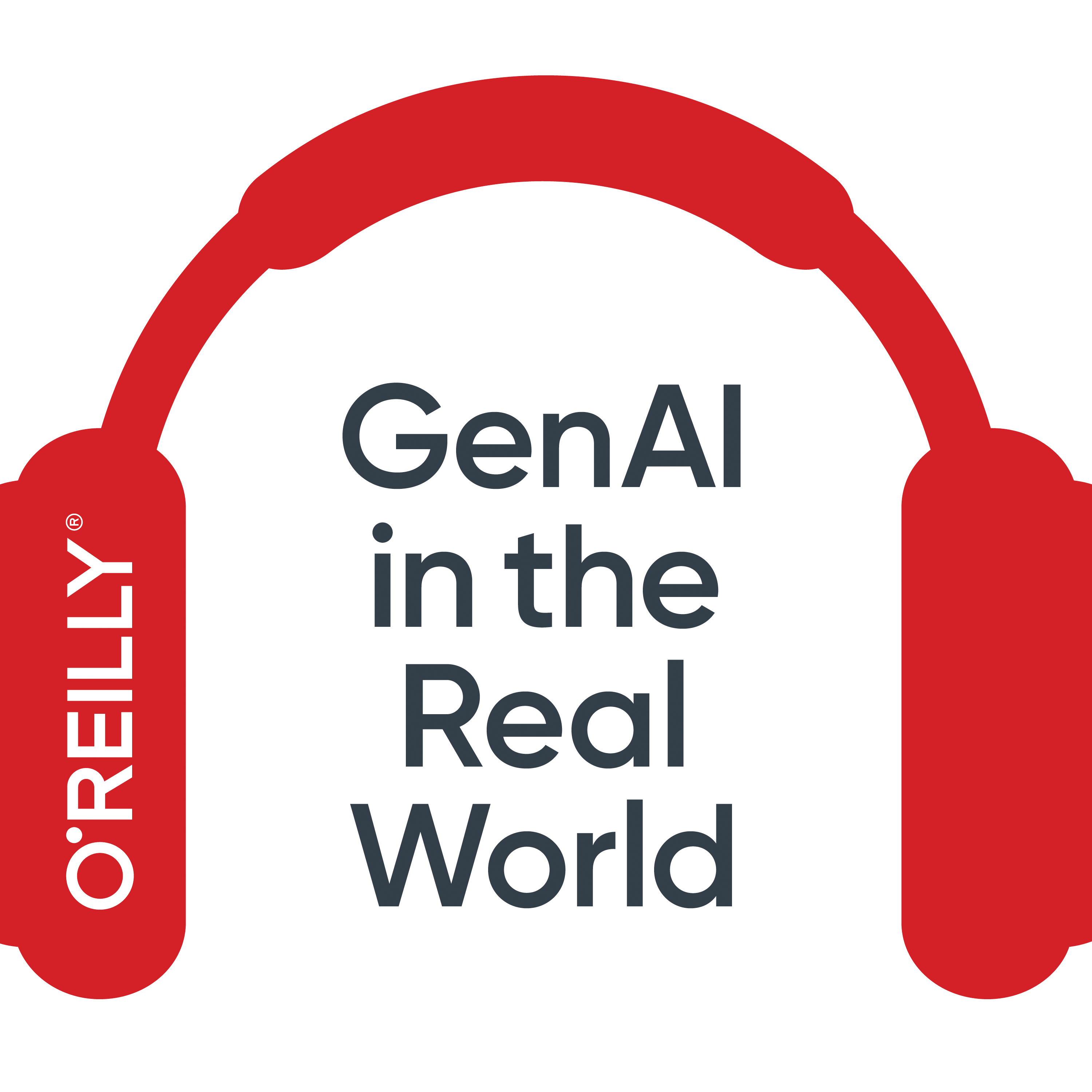





















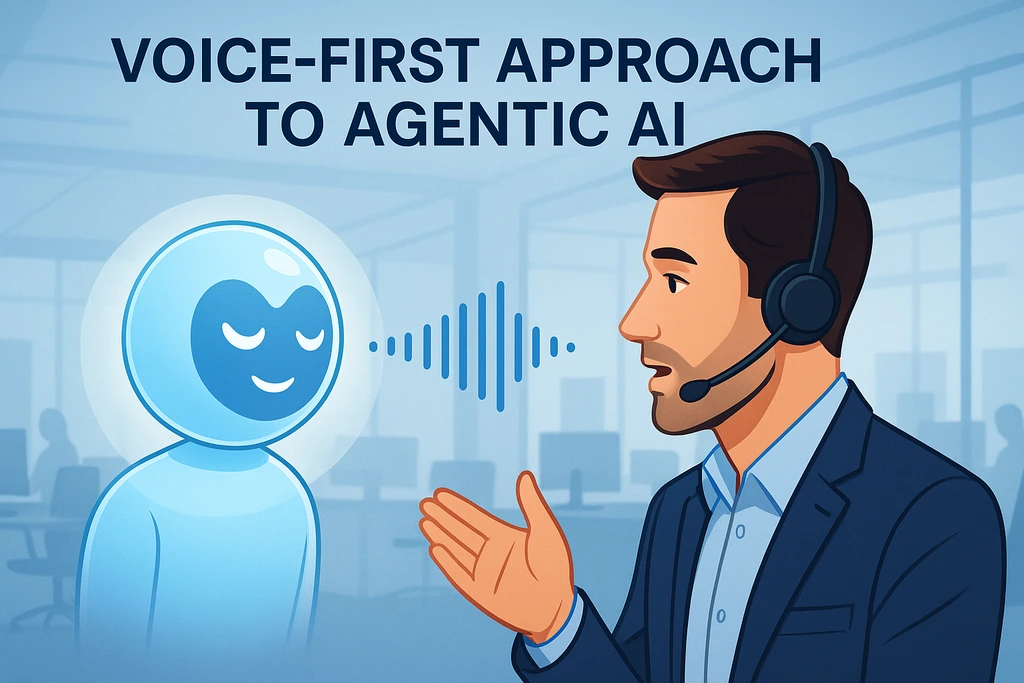






















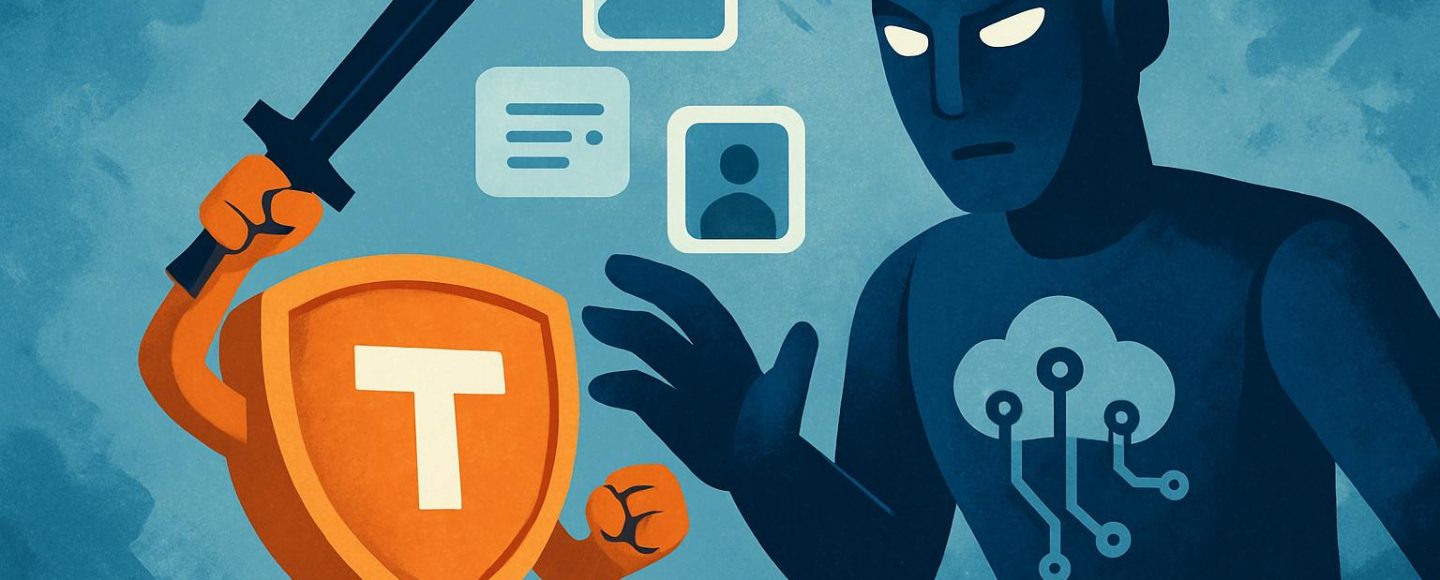






















































![[The AI Show Episode 156]: AI Answers - Data Privacy, AI Roadmaps, Regulated Industries, Selling AI to the C-Suite & Change Management](https://www.marketingaiinstitute.com/hubfs/ep%20156%20cover.png)
![[The AI Show Episode 155]: The New Jobs AI Will Create, Amazon CEO: AI Will Cut Jobs, Your Brain on ChatGPT, Possible OpenAI-Microsoft Breakup & Veo 3 IP Issues](https://www.marketingaiinstitute.com/hubfs/ep%20155%20cover.png)

























































































































![Rust VS Go VS TypeScript – which back end language is for you? With Tai Groot [Podcast #176]](https://cdn.hashnode.com/res/hashnode/image/upload/v1750974265013/73f79068-0087-4c39-8a8b-feea8cac873b.png?#)





















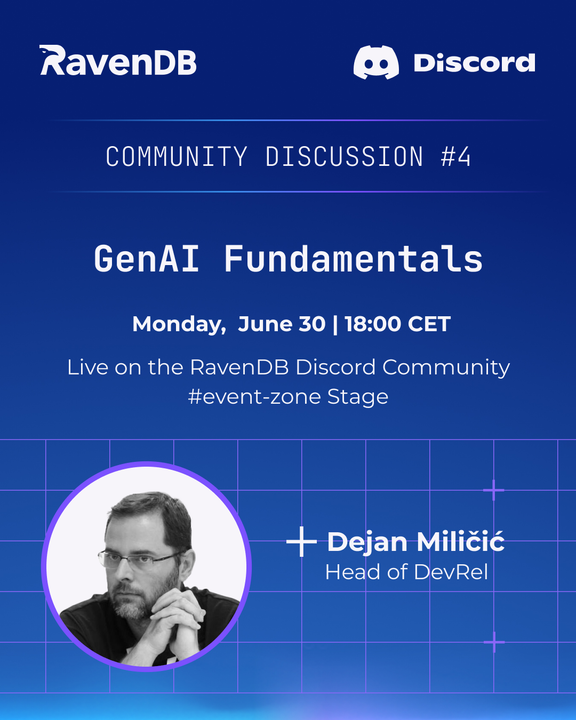





























































































.jpg?width=1920&height=1920&fit=bounds&quality=70&format=jpg&auto=webp#)
























_Michael_Burrell_Alamy.jpg?width=1280&auto=webp&quality=80&disable=upscale#)





























































































































































































